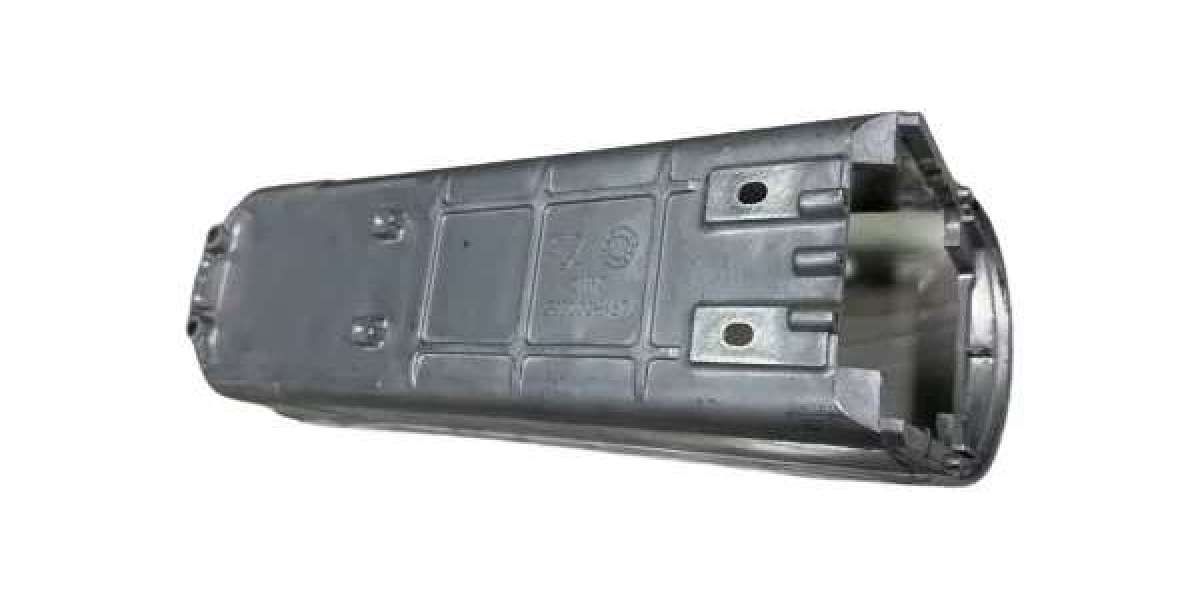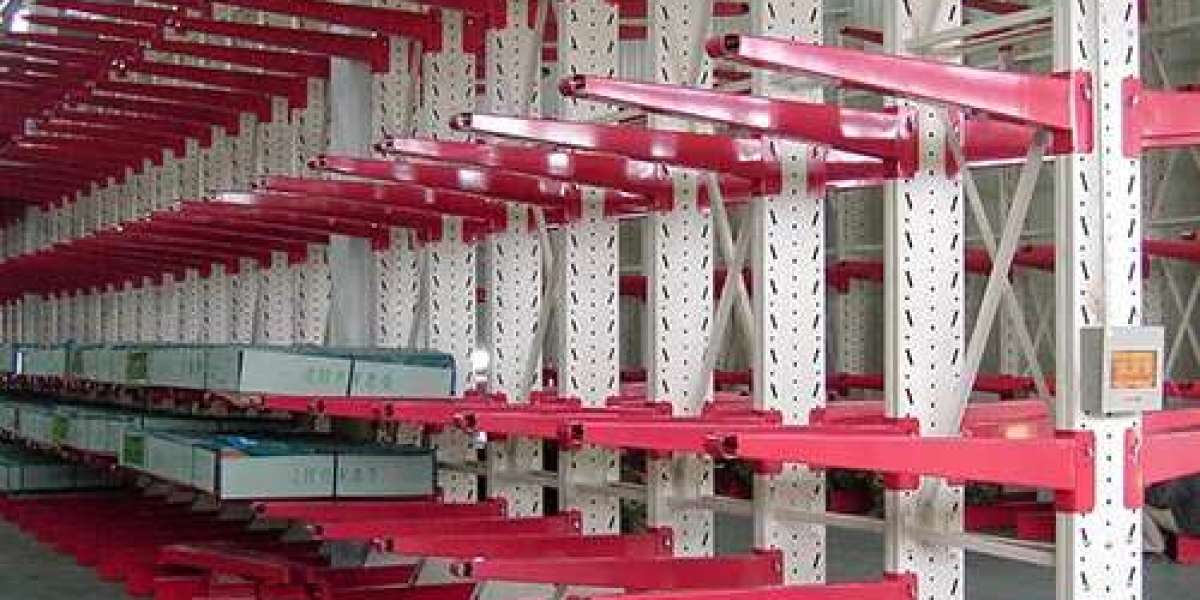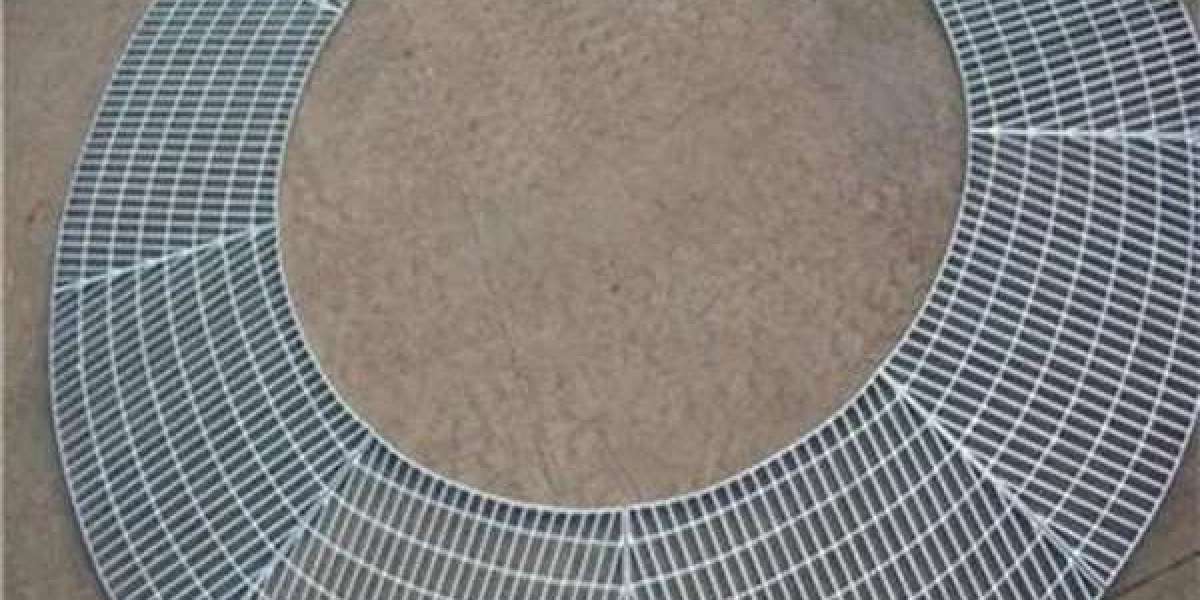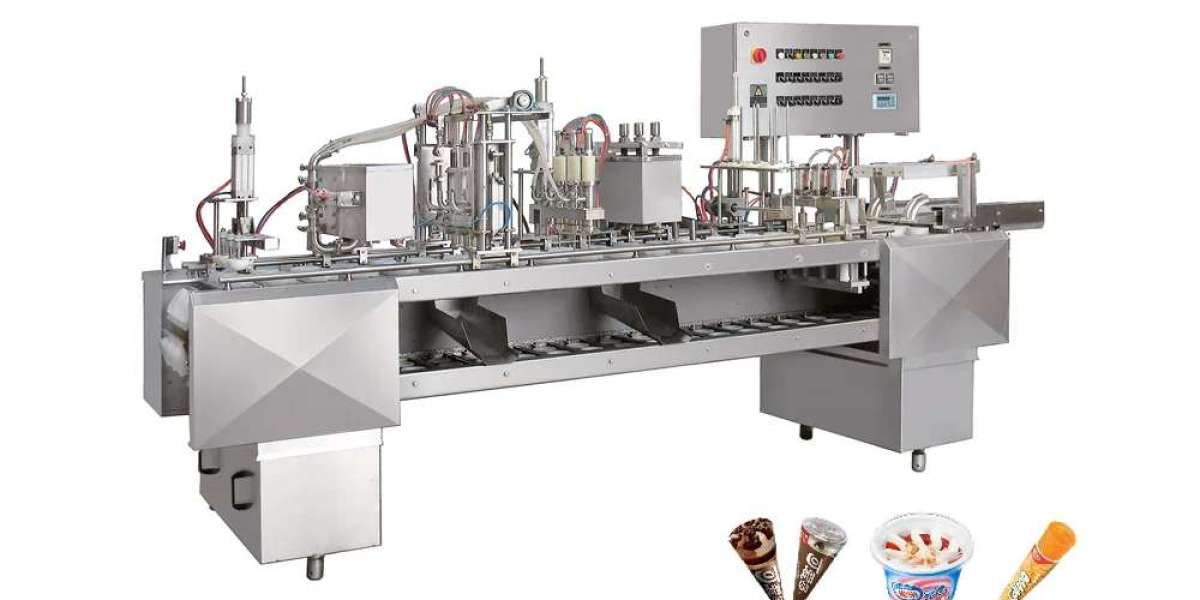Welding roller stands, also known as welding rotators, are critical auxiliary equipment in the welding industry. They are primarily used for welding, polishing, and assembling cylindrical or conical workpieces, such as pipes, tanks, and vessels. These devices play a vital role in ensuring precision, efficiency, and quality in welding operations. Depending on the type of workpiece and specific application, different types of welding roller stands are utilized, including self-adjusting roller stands, adjustable roller stands, flatcar-type roller stands, and tiltable roller stands. Each type is designed to meet unique operational requirements, making them indispensable in industries such as wind tower manufacturing, pressure vessel production, and pipeline construction.
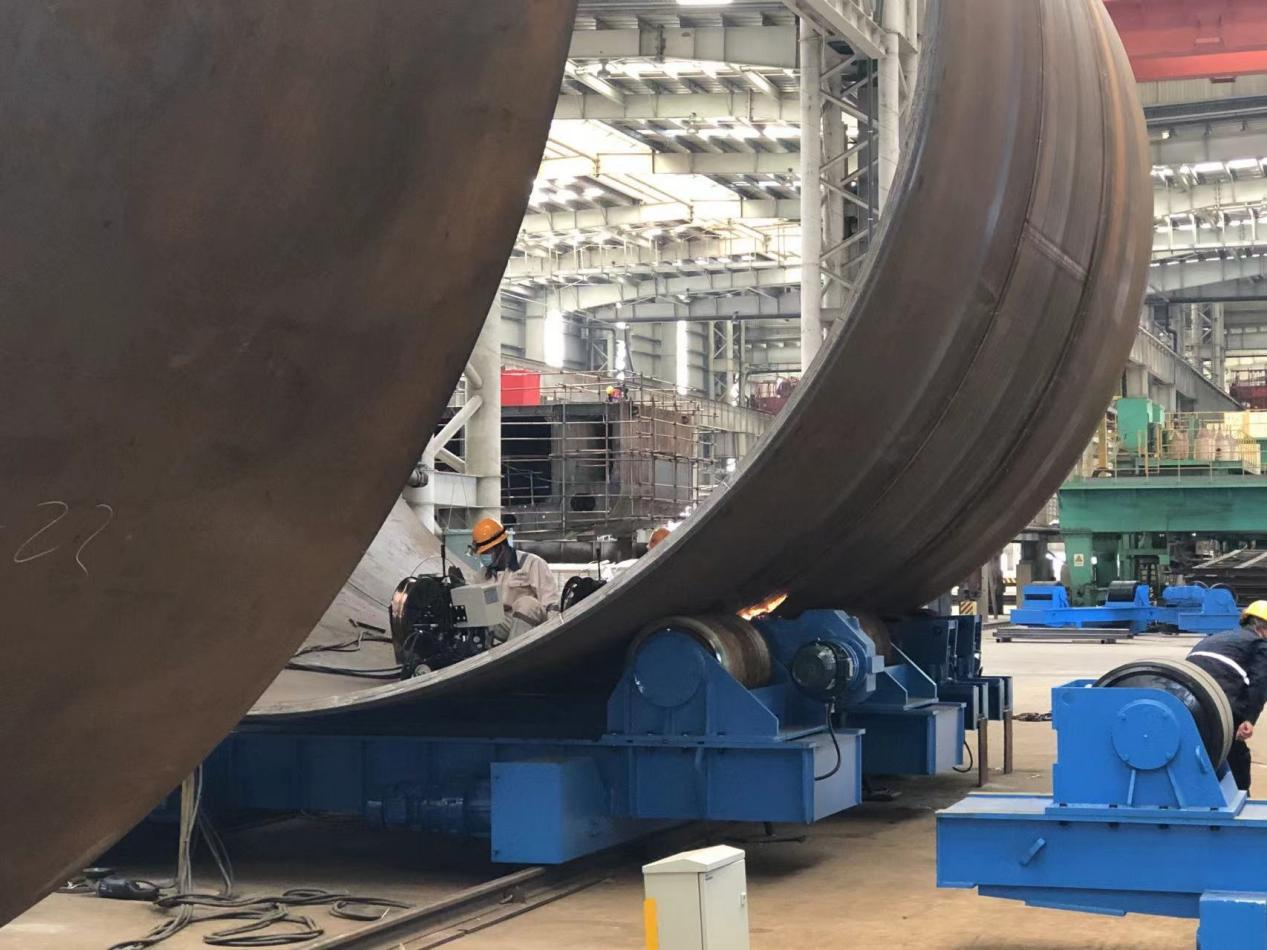
Types of Welding Roller Stands and Their Applications
1. Self-Adjusting Roller Stands
Self-adjusting roller stands are designed to automatically adapt to the diameter of the workpiece. They feature advanced digital speed regulation and display technology, allowing for precise control of rotation speed. This reduces operational complexity and enhances efficiency, making them ideal for high-precision tasks such as welding rotators for pipes and tanks.
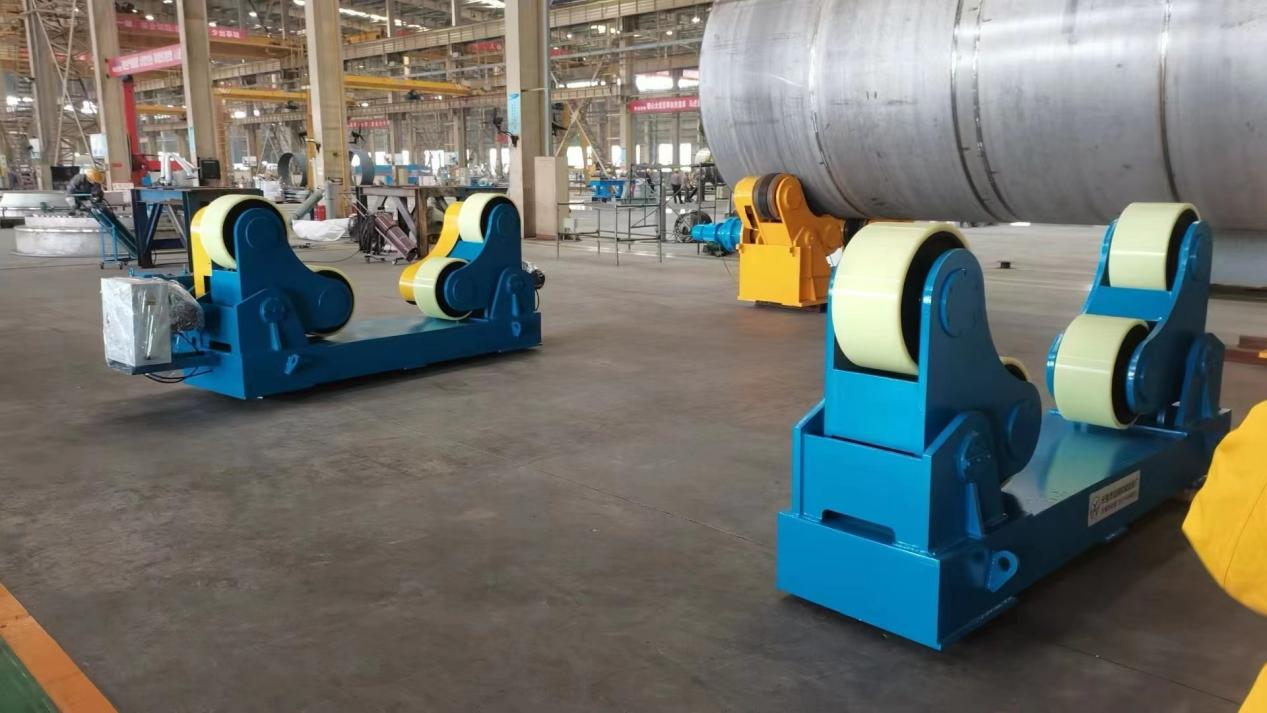
2. Adjustable Roller Stands
Adjustable roller stands offer manual adjustment capabilities, making them versatile for workpieces of varying sizes. They are commonly used in applications where flexibility is required, such as in pipe roller stands or heavy-duty welding rotators.

3. Flatcar-Type Roller Stands
These stands are built for heavy-duty applications, providing robust support for large cylindrical workpieces. They are often used in conjunction with motorized welding rotators to ensure stable rotation during welding.
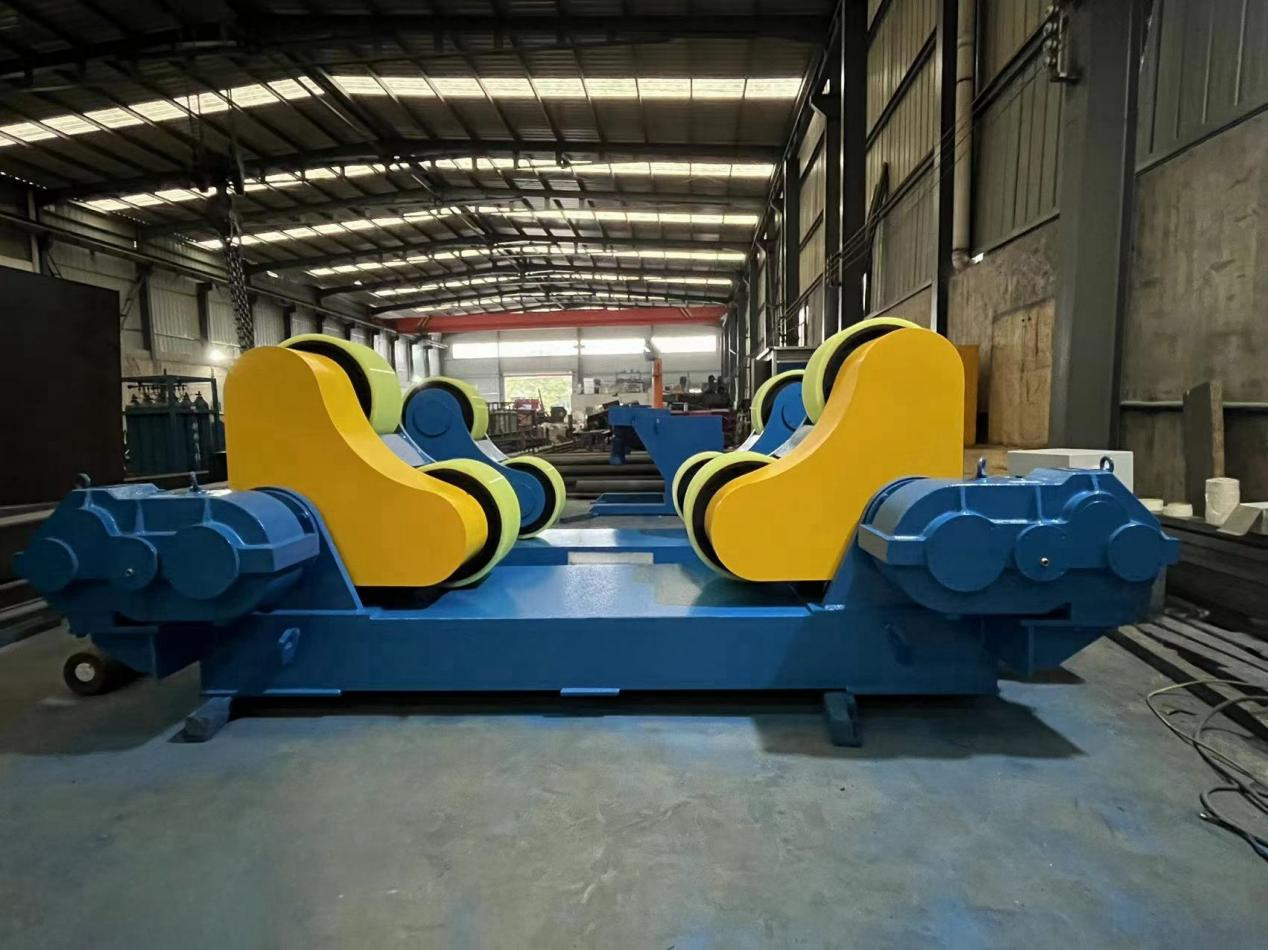
4. Tiltable Roller Stands
Tiltable roller stands allow for angular adjustments, making them suitable for specialized welding tasks that require precise positioning. They are frequently used in welding rotators for tanks and vessels.

Features of High-Quality Welding Roller Stands
To meet the demands of modern industrial applications, a high-quality welding roller stand must possess the following features:
Automatic Centering and Adjustment: The ability to automatically center the workpiece and adjust the roller angle based on its diameter ensures balanced rotation and smooth operation.
Low Noise Operation: Advanced designs minimize noise during operation, creating a safer and more comfortable working environment.
Stable and Consistent Rotation: The rollers must provide stable rotation at a constant speed, which is crucial for achieving high-quality welds.
Precision Manufacturing: The manufacturing and assembly of roller stands must adhere to strict standards, typically achieving Grade 8 precision. High-quality steel is used for construction, and welded bases undergo stress-relief heat treatment to ensure durability.
Versatility: In addition to welding, roller stands should support tasks such as polishing, lining, and assembling cylindrical workpieces.
Applications of Welding Roller Stands and Rotators
Welding roller stands and rotators are widely used in various industries, including:
1. Wind Tower Manufacturing: Welding rotators for pipes and cylindrical sections are essential for assembling wind turbine towers. They ensure precise alignment and consistent weld quality.
2. Pressure Vessel Production: Heavy-duty welding rotators are used to rotate large tanks and vessels during welding, ensuring even heat distribution and high-quality seams.
3. Pipeline Construction: Adjustable roller stands and pipe roller stands are used to support and rotate long pipes during welding, ensuring smooth and efficient operations.
4. General Fabrication: Welding roller stands are also used in woodworking and other industries where cylindrical workpieces require precise rotation.
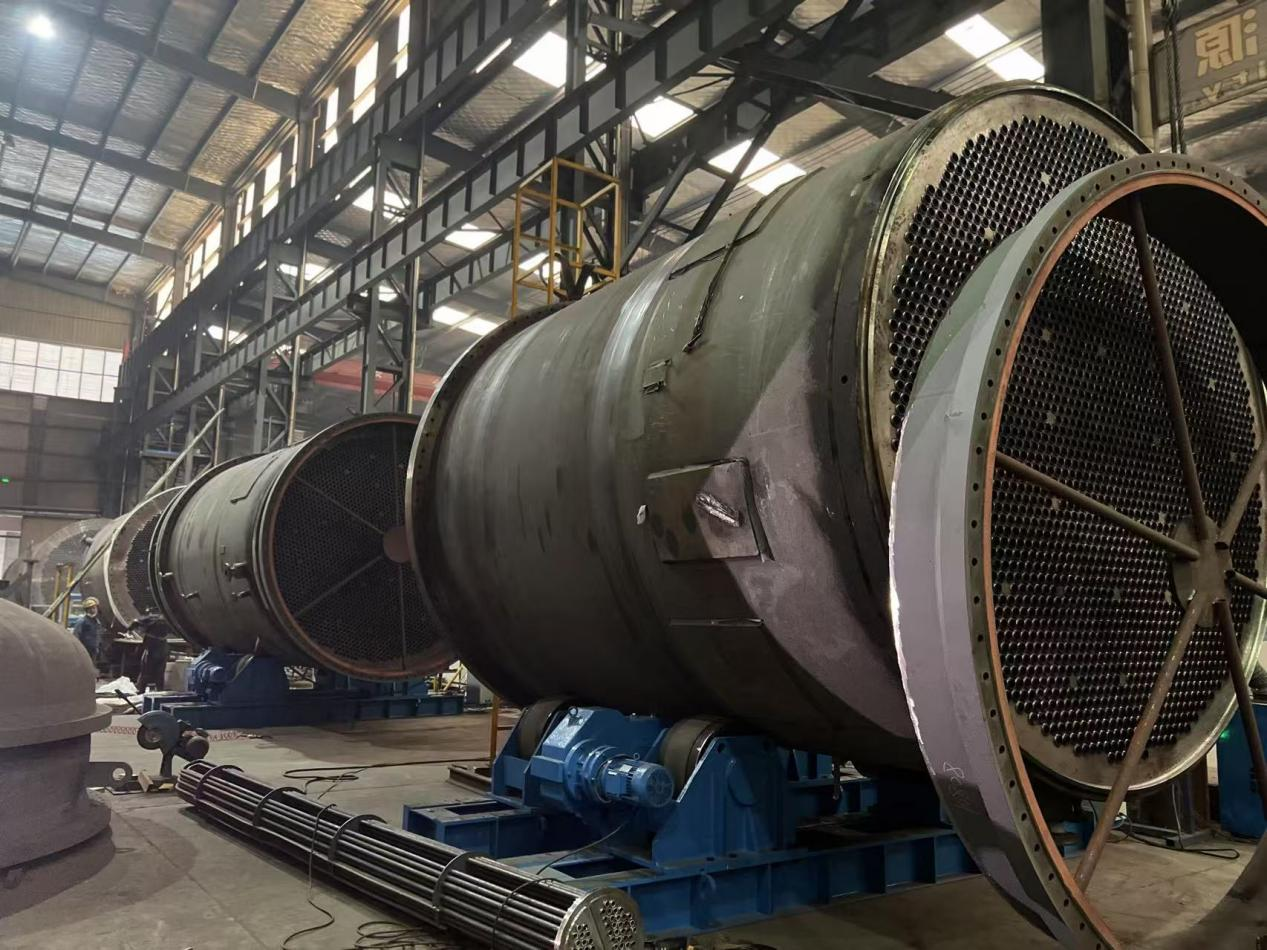
Technical Requirements for Welding Roller Stands
A high-quality welding roller stand must meet the following technical requirements to ensure optimal performance:
1. Automatic Adjustment: The stand should automatically adjust to the diameter of the workpiece, ensuring a perfect fit and balanced rotation.
2. Precision Control: Digital speed regulation and display technology should be incorporated to provide accurate and user-friendly speed settings.
3. Durability: The stand should be constructed from high-quality steel, with welded bases undergoing stress-relief heat treatment to enhance longevity.
4. Stability: The rollers must provide stable and consistent rotation, even under heavy loads.
5. Versatility: The stand should support a wide range of applications, including welding, polishing, and assembly.
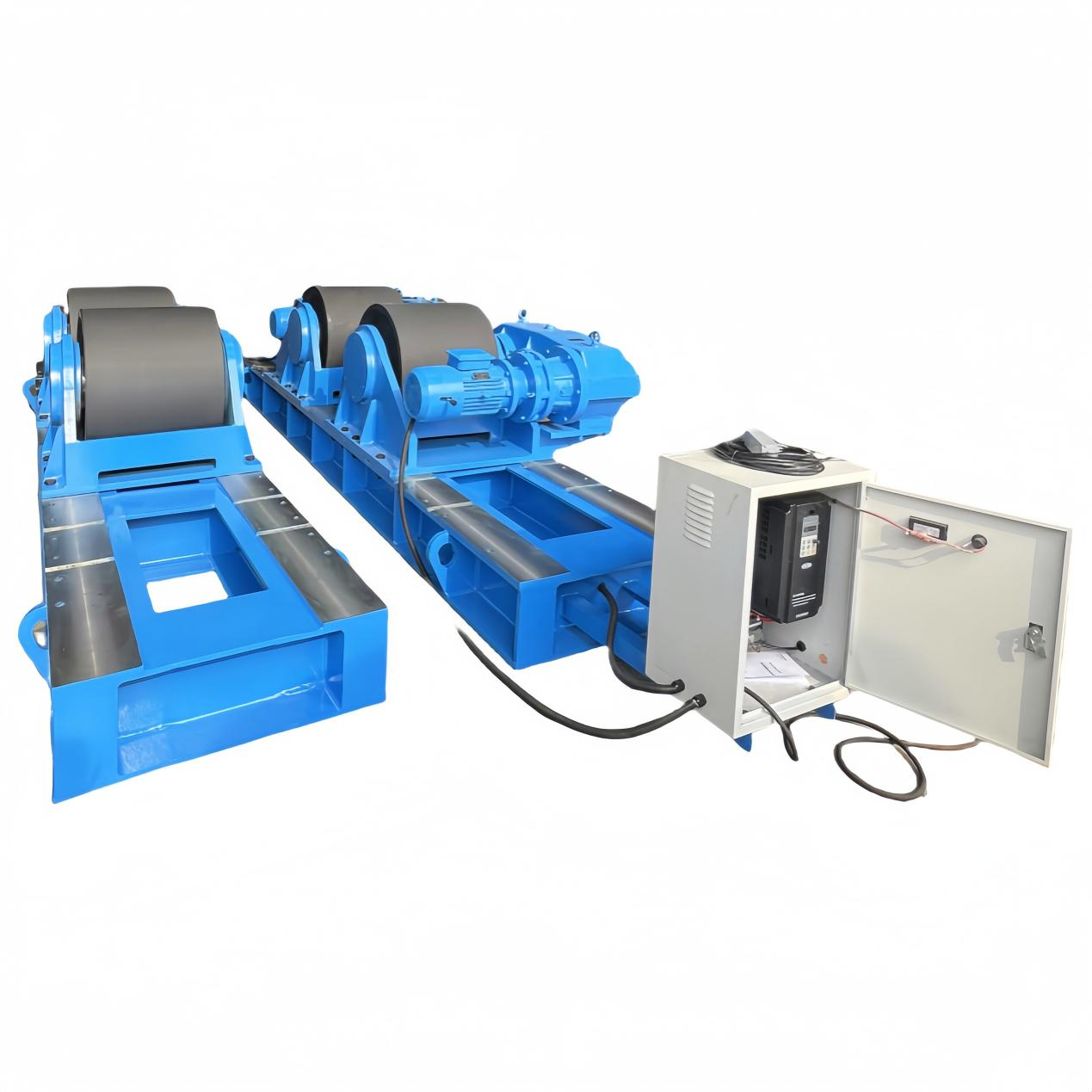
Welding Rotator vs. Roller Stand: What’s the Difference?
While both welding rotators and roller stands are used for rotating cylindrical workpieces, they serve slightly different purposes:
Welding Rotator: Typically used for rotating large pipes, tanks, and vessels during welding. They are often motorized and designed for heavy-duty applications.
Roller Stand: Used to support and rotate workpieces during welding, polishing, or assembly. They are available in adjustable and self-adjusting models, making them suitable for a variety of workpiece sizes.
Frequently Asked Questions (FAQs)
1. What is a welding rotator for pipes?
A welding rotator for pipes is a motorized device designed to rotate cylindrical workpieces, such as pipes, during welding. It ensures even rotation and precise weld seams.
2. What is the price range for a heavy-duty welding rotator?
The price of a heavy-duty welding rotator varies depending on its specifications and features. Generally, prices range from $2,000 to $10,000 or more.
3. Can welding roller stands be used for woodworking?
Yes, roller stands for woodworking are available and are commonly used to support cylindrical workpieces during sanding, polishing, or assembly.
4. What is the advantage of a motorized welding rotator?
A motorized welding rotator offers automated rotation, reducing manual labor and improving efficiency. It is ideal for large-scale industrial applications.
5. How do I choose between a self-adjusting and an adjustable roller stand?
Self-adjusting roller stands are ideal for high-precision tasks, while adjustable roller stands offer greater flexibility for workpieces of varying sizes.
Conclusion
Welding roller stands and welding rotators are indispensable tools in the welding industry, particularly for cylindrical and conical workpieces. Their ability to provide stable rotation, automatic adjustment, and precise control makes them invaluable for tasks such as welding, polishing, and assembly. Whether you are working on wind towers, pipelines, or pressure vessels, investing in high-quality equipment like self-adjusting roller stands or heavy-duty welding rotators can significantly enhance productivity and weld quality.
For those seeking reliable and efficient solutions, Resize Welding Machinery offers a range of advanced welding roller stands and rotators designed to meet the highest industry standards. By incorporating advanced features such as digital speed regulation, automatic centering, and low-noise operation, these tools not only simplify the welding process but also ensure consistent, high-quality results. Whether you are a small workshop or a large industrial facility, choosing the right welding roller stand or rotator can make all the difference in your welding operations.
https://www.resizeglobal.com/essential-tools-for-industrial-welding-applications.html

